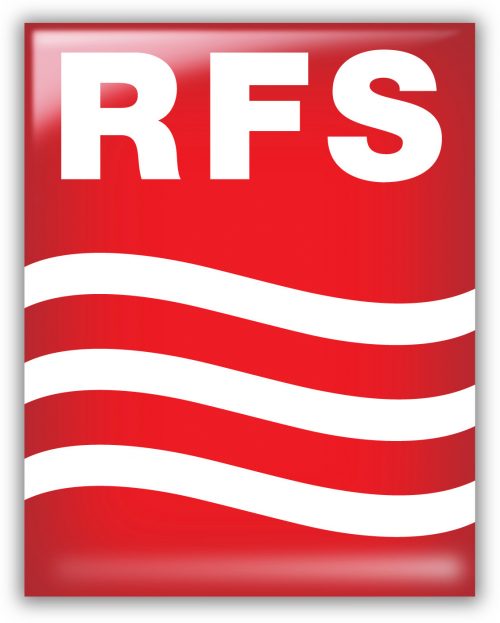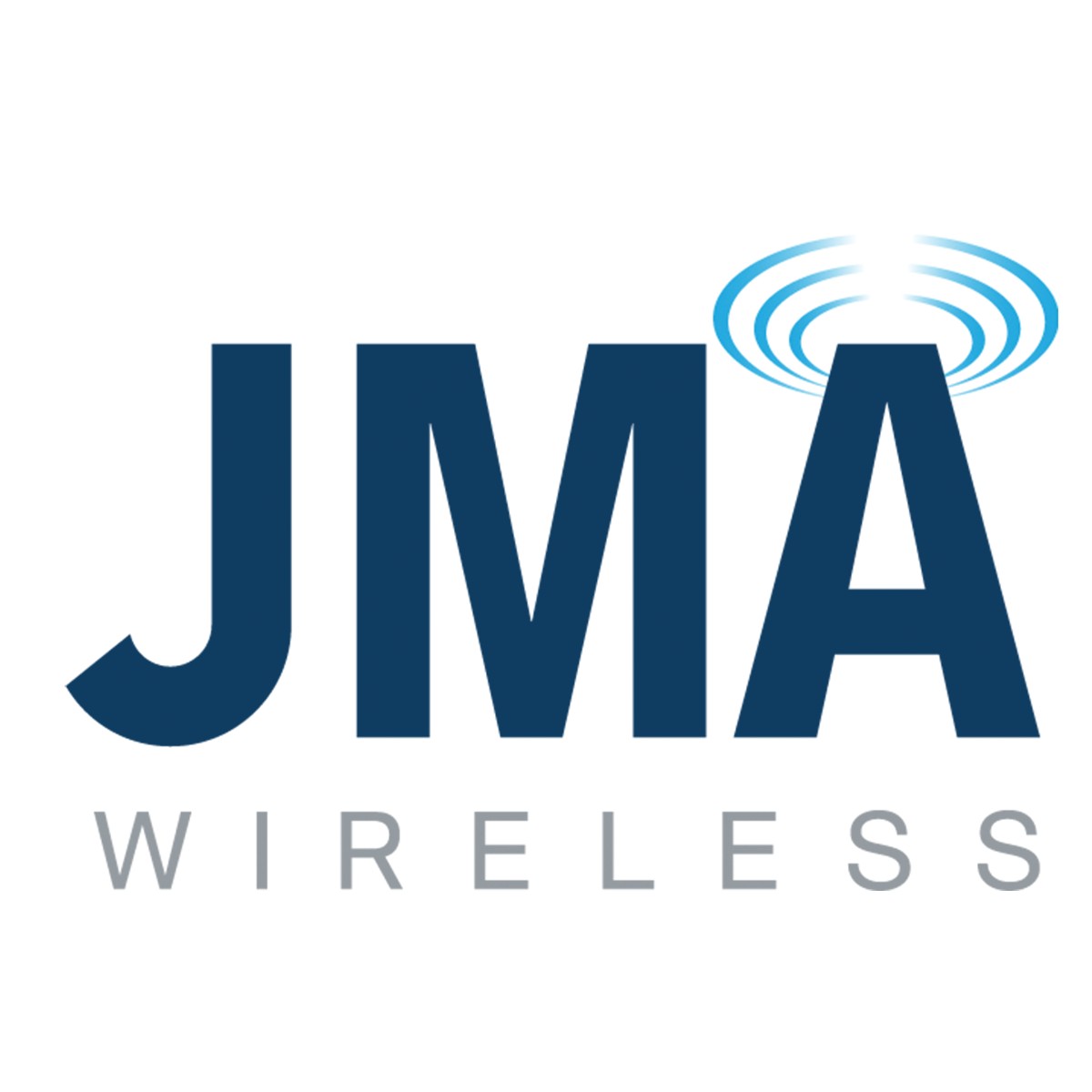5G operators are facing two significant optimization challenges: bandwidth and propagation. If these challenges are looked at separately, the preferences for 5G frequencies can vary. Additionally, while 5G is an evolution of the cellular technology from 4G, 3.5 GHz is a new and additional frequency band upon which the 5G systems can operate.
To gain a clearer picture of 5G Network coverage and the importance of MIMO (Multiple-Input and Multiple-Output) and the 3.5 GHz frequency, we reached out to a panel of experts. Our respondents provided us with in-depth and insightful information on how frequencies and frameworks will impact 5G propagation and bandwidth, and what solutions and new strategies are emerging.
Our 5G Coverage panel includes Chuck Powell, Product Director for Base Station Antennas, North America at Radio Frequency Systems (RFS), Amr Elgazzar CEO at Consultix, Greg Dial, Senior Vice President for Product and Marketing Strategy at JMA Wireless, and Roger Nichols, 5G Program Manager at Keysight Technologies.
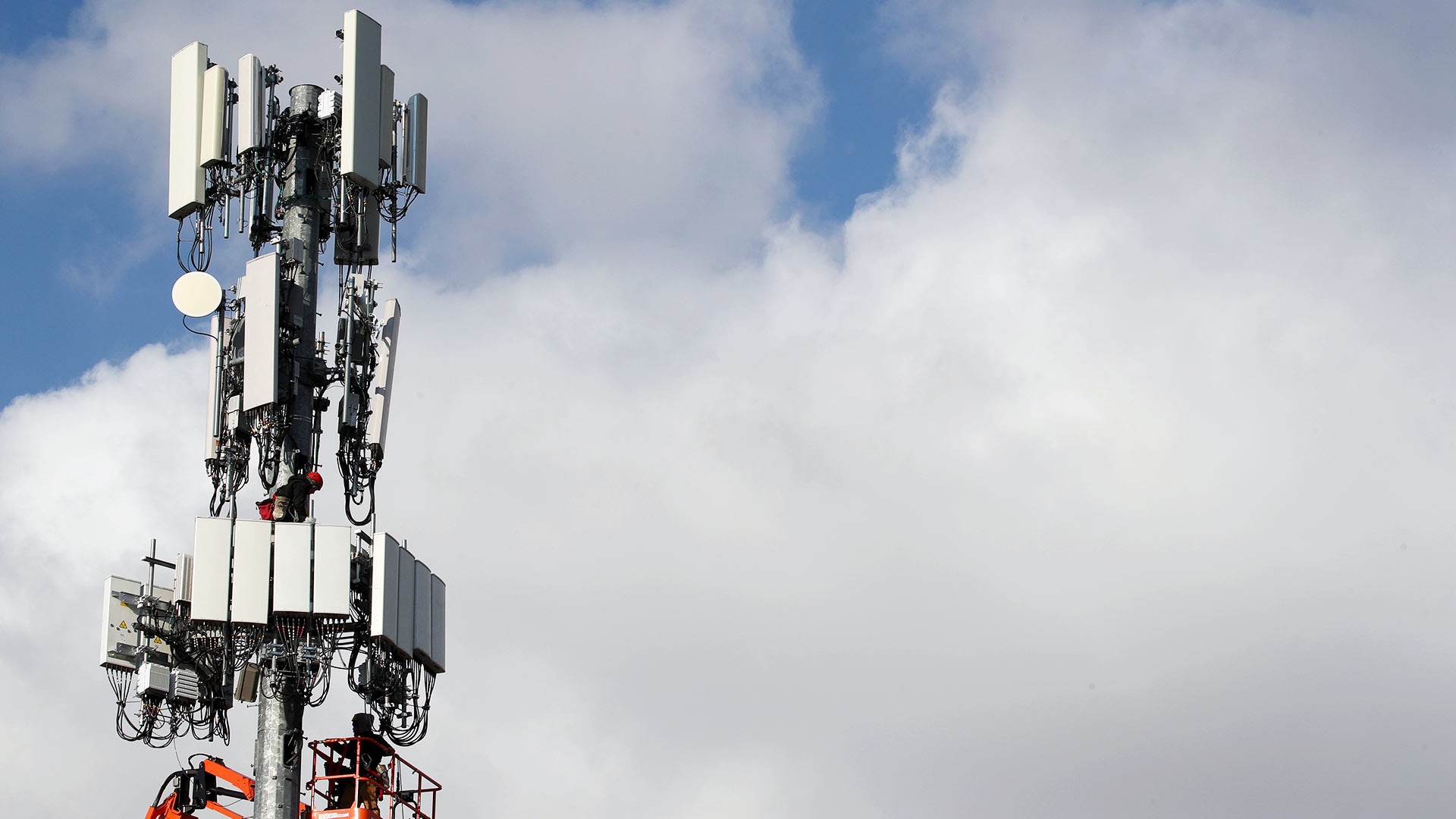
It is well known that 5G and frequency bands are independent. That means that for 5G providers, the first priority is providing enough dedicated bandwidth to achieve optimal speeds for as many users as possible. One solution is to use large blocks of millimeter wave spectrum, which is ideal for supporting huge bandwidths and fast data-streams. Of course, choosing this option comes at the expense of propagation because millimeter-wave networks will likely be set up with a typical cell size of 200m.
As Chuck Powell, Product Director for Base Stations Antennas North American at RFS explains, “In dense urban environments it is feasible to have enough users in a 200m cell to justify the number of antennas necessary to provide consistent coverage across the city, but the usefulness of millimeter waves drops as the population density falls.”
Another challenge involves rural areas, although they don’t have as many users. As Powell points out, the lower frequencies, like 600 MHz, have a cell radius of 20 miles to but not enough bandwidth to support many users at high data rates.
“600 MHz ideal for coverage in rural areas,” he says, “but a middle option is still needed for capacity outside of highly populated cities.”
The solution? A mid-band frequency can balance the two priorities by having sufficient bandwidth for multiple users while still having a reasonably large cell size to keep deployments costs economically viable. “The other advantage of the mid-band is that it is greenfield-spectrum. New to cellular and thus does not require operators to refarm existing 4G spectrum to get a 5G system up and running,” adds Roger Nichols.
Greg Dial, Senior Vice President Product Marketing at JMA Wireless, adds that some of the newly available bands available for 5G already offer unique bandwidth sizes and propagation characteristics not seen in the bands available during the 4G LTE evolution over the past decade. Additionally, these new bands provide better penetration in most FR1 frequencies and pass through objects such as foliage, while FR2 frequencies tend to be more affected by these materials which can make coverage prediction more difficult.
“Bands are categorized into two segments, FR1 at lower than 6 GHz and FR2, which covers today’s mmWave frequencies,” he explains. “Low frequencies at high power can coverage multiple miles and penetrate structures very well. The higher those frequencies go, the less that travel and the less they penetrate. The flipside is of course that they carry much more bandwidth in the process. We generally think of mid band as less than one mile and mmWaves in terms of 100s of feet.” Mid band options are ideal for centralized areas that might be a little more spread out but need significant capacity. They are also ideal for supporting indoor capacity.
“Ultimately networks will entirely migrate from 4G to 5G in all available frequency bands and will use tools like dynamic spectrum sharing, or DSS, as ways to bridge the migration,” he concludes.
While 5G is an evolution of the cellular technology standard that offers some critical additional features over 4G, 3.5 GHz is newly added for 5G and is common across many countries. Additionally, frequencies can vary from country to country, depending on regional restrictions. As stated above, within this challenging landscape, 5G network providers are looking for a balance between capacity and coverage. For Powell, 3.5 GHz is one frequency that can be described as a Goldilocks solution because it has “just right, the balance between capacity and coverage.”
For Amr Elgazzar, CEO at Consultix, another reason 3.5 GHz is a core-candidate is reasonable propagation. “The reasonable propagation characteristics of 3.5 GHz implies reliable coverage,” he says. “This capability is important to provide connectivity for IoT devices and critical communications (that require 99.999% reliability) and applications such as remote control, automotive or smart manufacturing.”
Other benefits of 3.5 GHz, according to Elgazzar, are higher band capacity and excellent penetration characteristics.
“The band capacity can be considerably higher than those of low GHz bands as it allows using massive MIMO antennas at a practical size,” he says. “While the fairly good penetration characteristics of this band in buildings make it excellent for broadband communication for both worlds, 4G and 5G.”
“Network deployment can be considerably fast due to its propagation characteristics which open the door to reuse the installed base of macro sites that serve sub-3 GHz bands,” he concludes.
“Frequencies will ultimately be selected for various 5G applications based on availability, bandwidth size, and propagation characteristics,” says Dial. “ The 3.5 GHz spectrum’s relatively wide continuous bandwidth, mid-range propagation distance, and reasonable building penetration make it a good candidate for 5G urban and sub-urban small cell type applications that require high speed, high throughput, high density, and low latency.”
“3.5 GHz is the frequency closest to the majority of recent “mid-band” allocations for mobile wireless around the world,” adds Roger Nichols,5G Program Manager, Keysight Technologies. “This band has enough harmonization in major countries around the world to allow for the economy of scale for radio technology investment.”
“While this is not the only new band set aside for 5G, it is one of the most pervasive worldwide—being common to many large modern nations,” he says. “The addition of NR (New Radio) services to existing LTE bands comes with many challenges that impact spectral efficiency and thus the capacity for the mobile network operators. Given the value of these bands and their LTE-based revenues, transitions are challenging, and opening new 5G services in a spectrum that is unencumbered with legacy technology means an opportunity for a more graceful transition.”
Massive MIMO uses constructive and destructive interference in the channel and many more antennas at the base station to isolate user-specific radio signals to the physical location of the user. According to Nichols, because of propagation and physical antenna-design and transmitter-design constraints, the uplink performance (mobile-to-base station) at 3.5GHz is far worse than the downlink performance. This is a problem because many new use-models for 5G mean higher demand for data rates in uplink than in the downlink. As a result, massive MIMO was initially conceived as a way to improve capacity by allowing for spatial multiplexing—even to the extent of using the same time/frequency resource blocks for different users in the same cell.
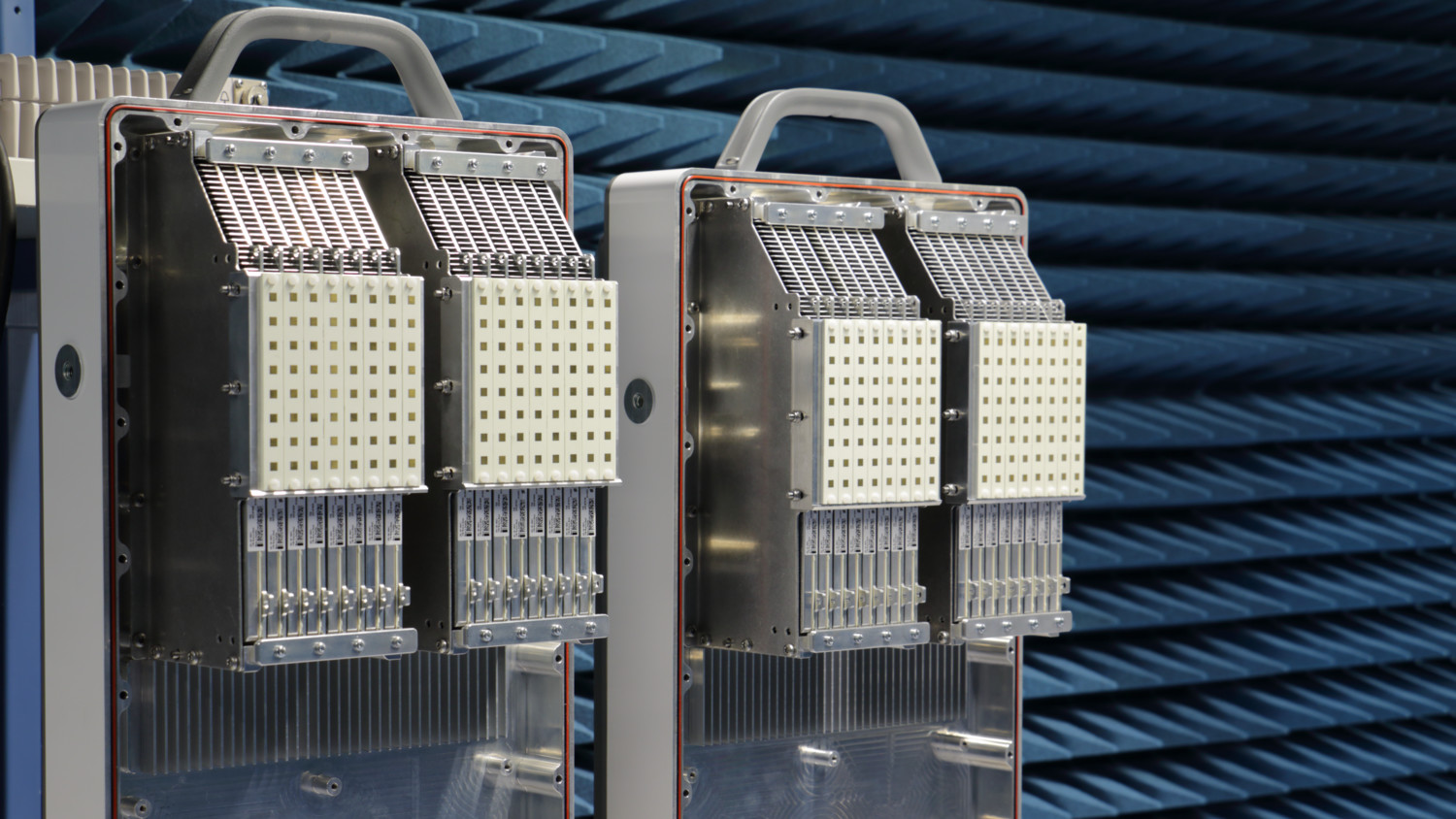
“Massive MIMO is seen as being essential not just for better spectral efficiency, but also to making 3.5 GHz systems work in practical production networks,” says Nichols.
Dial agrees, saying, ““Massive MIMO improves spectral efficiency and provides a significant capacity benefit over 2X2 or 4X4 MIMO, not a coverage benefit.”
“While massive MIMO is technically possible at all frequencies, the antenna array size required at lower frequency bands makes deployment of this technology impractical in the lower spectrum of a portion of FR1,” he continues. “Generally, as we increase to higher-order MIMO, we get many times more throughput than a 2X2 or 4X4 MIMO system.”
“Experimental results showed more than 10 dB difference in overall losses between 3.5 GHz and 1.8 GHz,” says Elgazzar. “This difference is almost equally caused by penetration loss & propagation losses, which is even worse in buildings equipped with a thermally-efficient glass window.
“Due to high propagation losses, mmwave bands are candidates for LOS scenarios & confined hotspots while 3.5 GHz is prime for dense urban coverage,” he concludes.
Nichols delves deeper into the practicalities of 2X2 and 4X4 multi-User MIMO systems, noting the opportunities provided by “taking advantage of multiple radio paths between transmit and receive (the simplest examples being two paths: a direct path and a reflected path).”
“MIMO systems determine that the channel has two (or more) uncorrelated signal paths through channel-state determination (deterministic signals transmitted, and channel-impact analyzed at the other end),” he says. “They then precode the data transmissions to multiple independent antennas such that they arrive at independent antennas at the receiver in two independent data-streams—thus increasing the effective number of channels for communication.”
According to Powell, Self-Optimizing Networks have been used where the system responds to various KPI’s on a more regular basis to change the tilt, but the tilt would be the same for every frequency. Nevertheless, as Powell explains, 2×2 or 4×4 MIMO scenarios were limited to typical base station antennas that could not steer their beams in the azimuth plane. “Normally, the azimuth beamwidth was 65°, with some sites having a narrower 32 or 45° beamwidth,” he says. “The elevation pattern was capable of some optimization using Remote Electrical Tilt, but that optimization often only happened during the initial site installation.”
“Massive MIMO takes advantage of the multiple radio-to-antenna connections to allow dynamic beamforming in both the azimuth and elevation plane for each user. That means whether the user is close to the tower or at the cell edge, to the left or to the right, the antenna will be able to direct a narrow 12° beam right at the user. Combined with the ability to steer a null at any interferers, this creates a C/I ratio capable of supporting 5G speeds for many users simultaneously.”
“This has the potential of decreasing the amount of total RF transmission power for a given number of users,” says Nichols. “By getting higher spectral efficiency by using the same time/frequency resource blocks for different users in the same cell—this latter is possible because a resource block effectively becomes time-frequency-space.”
When talking about transmitter sites, it is essential to first understand that “transmitter sites” include base stations, receivers, and transceivers. As Powell explains, the number of transmitter sites used is primarily applicable to dense urban areas where millimeter-wave antennas are used.

Nichols also adds that generally speaking, new FR1 bands are higher than the traditional cellular applications typically below 2.6 GHz and that Radio propagation loss is higher at these frequencies. Therefore, “ensuring appropriate link-budgets with these bands means smaller cells (shorter distance over which the signal travels), far more acute in the FR2 space, for FR2, where even for fixed wireless systems, we cannot expect cells to be larger than perhaps a 300-meter radius. Hence, more cells will be needed,” he concludes.
“The propagation losses will require smaller cells and thus many more cell-sites. And the capacity advantage by adding these sites will benefit the areas with higher population density.” he says. “Regardless of whether the area is supported by 600 MHz or up to 3.5 GHz, the number of cell sites is likely to increase.”
Dial adds that new hardware needs to be deployed anytime new frequency bands are used. “The newer bands that become available tend to be higher in frequency than those currently deployed, he says, “and as a result, they don’t propagate as far. Therefore, more sites need to be constructed to cover a given geography than were needed to deploy the current network at lower frequencies.”
“Spectral efficiency is critical in mobile communications,” says Nichols, who explains that spectral efficiency is measured in bits/second/Hz/square-meter, where “Hz” is the bandwidth available. So far, spectral efficiency improvements have been significant, based on technology investments in new radio waveforms, modulation, and encoding techniques in addition to new MIMO technologies.
“But improvements in spectral efficiency driven by making the cell-size smaller are thousands if not tens of thousands of times larger than improvements made using any other technique,” declares Nichols. “This has been the case ever since radio communication was invented.”
“Decreasing the cell-size allows for more frequency reuse, but also means more base stations,” he adds.
“To realize the vision of 5G, more cell-sites, in most cases, much smaller and lower-power is necessary.”
According to Powell, in areas supported by millimeter-wave 5G radios, a booster will be needed since, “the frequencies are too high for sufficient in-building penetration.”

“This makes in-building solutions more important than ever before,” he says. “A 5G transmitter will send a very clean signal to the booster’s external antenna, which is then passed through the building’s wall via cable, before being amplified and re-transmitted inside.
Elgazzar adds that repeaters will be used in some use cases at 5G “only for very small office/shop.”
“Repeaters can counteract the problems associated with in-building penetration specifically in FR2, he says, “but this is an outdoor to indoor view of the market. For 5G and densification, an in-building / high-density strategy is required to support both ultrawideband throughput and low latency use cases.”
Nichols agrees about the importance of taking indoor-to-outdoor performance in cellular systems into account. “This has been a technological challenge ever since 1G,” he explains. “Many different approaches have been implemented including boosters, distributed antenna systems, 3-dimensional MIMO schemes, and even small-cells mounted indoors (or in multi-story car parks, or stadiums, etc.).”
“The trend for this will continue since the same physics apply in getting signals to and from where they need to be,” Nichols concludes. “The FR2 situation is more acute with propagation through walls and windows and around corners being far less reliable than the traditional cellular and WiFi bands.”
“To maximize the performance of FR2 systems, we can expect to see FR2 relays and boosters on the market. Some early versions of these are already getting lots of attention on the technical speaking circuits in 5G.”
Dial predicts “in-building venues will need extremely high throughput, low latency networks to support applications like virtual reality and machine learning. But there will be other applications that haven’t been thought of yet, enabled by the new feature-set of 5G. While for Chuck Powell, the ideal 5G venue would be “a line-sight-environment with an extremely high level of user density.”
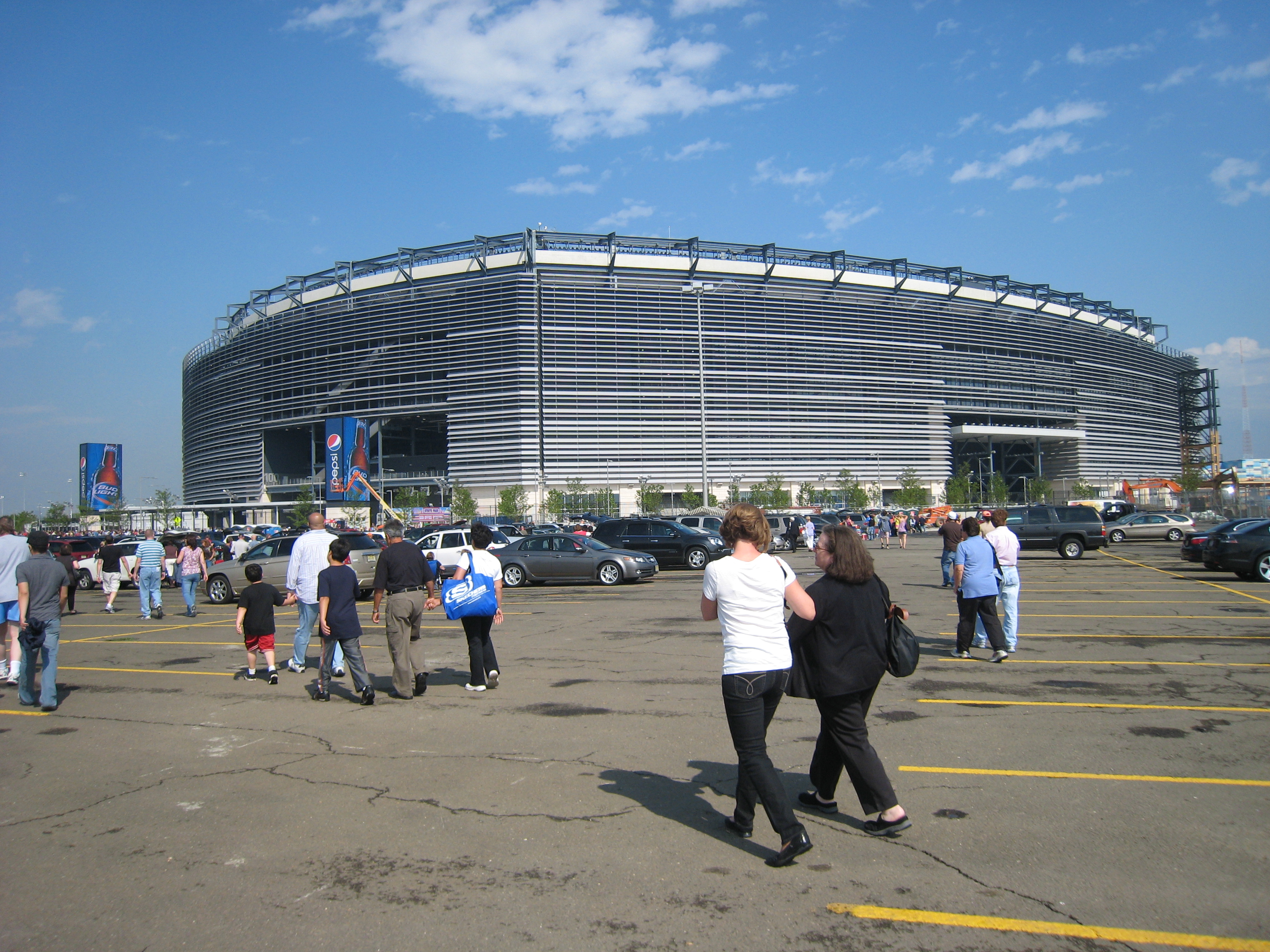
“This would allow the high-capacity millimeter-wave antennas to be used without any of the normal limitations caused by their smaller propagation range,” says, pointing to football stadiums and parking lots as some good examples.
“These are the types of venues that already benefit from highly specialized multi-beam antennas such as Luneburg Lenses,” he explains. “The 5G Massive MIMO arrays will replace the Luneburg Lens with the capability to steer more beams in many more different directions.”
Previously, the “middle ground for the middle frequency” involved 8T8R technology widely deployed in the 2.5 GHz band in North America and other parts of Asia. As Powell explains, the 8T8R beamformers allowed for azimuth steering for each user, but the elevation tilt was controlled by a mechanical phase shifting mechanism that requires all frequencies to tilt to the same angle.
“This type of antenna may be better for the moderately dense areas that need for capacity than a typical x4 MIMO system,” he says, “but it does not have enough users in the cell radius to justify a massive MIMO system.”
Because 600 MHz 5G will continue to rely on 4×4 MIMO. That’s because, according to Powell, the wavelengths needed for a massive MIMO version are “far too large to put on a tower. Their coverage pattern will not be very different from previous technologies.”
“In dense urban areas, where millimeter waves are used, many people refer to the “tower” being taken out of the network,” he continues. “They are correct, the 200m cell size does not necessitate a large tower,” he says. “The antennas themselves are relatively small and will be closer to the ground to reduce propagation losses.
“The 3.5 GHz band will be an interesting mix between the two extremes,” he says. “Some 3.5 GHz arrays will simply be embedded within traditional macro antennas to provide 4xMIMO, others will be massive MIMO, while yet others may choose a technology that lies between x4 MIMO and Massive MIMO.”
As Tom Kuklo, Global Product Manager In-Building Solutions at RFS, explains, “When we look at delivering 5G in tunnel environments, operators face even greater signal penetration and signal density challenges if they are to achieve the download speeds needed.”

“Tunnels will require a MIMO distributed antenna to form the backbone of the infrastructure to deliver 5G signal,” he continues. “There are several ways to approach this, but we have found that using vertically polarized and horizontally polarized cables offers the optimum way to deliver 5G in such a challenging environment.”
“Because tunnel environments make for particularly tricky installations, those making product decisions need to think about how the equipment they invest in today will serve future coverage needs to avoid the need to rip and replace further down the line,” he concludes.
“When selecting the radiating cable that will help create that backbone for 5G delivery, procurement officers should look to future-proof by selecting equipment with no stop bands. This gives maximum flexibility and allows today’s infrastructure to meet tomorrow’s requirements.”
The potential of 5G to expand the uses and capabilities of mobile technology is enormous, which is why it is so crucial that 5G spectrum plans consider bandwidth and propagation. Because 5G needs to operate across three spectrums – low, medium, and high – to deliver adequate coverage and support for all use cases, the mobile bands chosen need to take these demands into account. In general, the 3.5GHz spectrum is the true “Goldilocks” option because of it can suite both high-density urban environments and satisfy the macrocells needed for coverage in wider areas, including fixed wireless access. Because of its versatility and adaptability, many network providers believe 3.5GHz is the best option for most 5G networks.
RFS, JMA Wireless, Keysight Technologies, and Consultix all have several 5G solutions available at Gap Wireless.
Broadband panel and omnidirectional antennas that support spectrum from 694 MHz to 5.9 GHz including the soon to be available C-Band.
Broadband spectrum support. Simplifies antenna siting in neutral-host environments and reduces costs by enabling use by multiple operators.
CBRS and LAA spectrum capabilities. Enables smooth evolution to new technologies as they are deployed in network densification plans.
JMA provides the only 100% U.S. designed, developed, and manufactured 4G and 5G solutions on the market today. JMA’s Private Wireless platform offers industrial grade capacity, including 150 MHz of CBRS in a single radio, as well as best in class software based flexibility, allowing customers to maximize utility on deployed private networks.
JMA’s private wireless solution is powered by XRAN™, a 100% software-defined radio access network platform and CellHub radio system. All JMA systems are fully software upgradable and future ready without the limitations of hardware based systems.
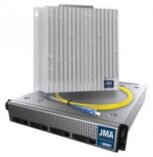
SUPER 5G NR Next Generation Microwave Analyzers
Over-the-air (OTA) 5G NR measurements (Option 378) – Supported on N991xB/N993xB models only.
Support for 5G NR FR1 and FR2 over-the-air measurements. The FieldFox B-Series N991xB/N993xB with 100 MHz of bandwidth are perfectly suited to capture and demodulate over-the-air transmissions of 5G NR FR1 and FR2 control channels. Provides key performance indicators including physical cell ID, received power levels and beam index information. Conducted EVM measurement is also included with Option 378.
Consultix 5G test transmitter is a portable RF signal generator that brings simplicity and affordability to mmWave test scenarios pertinent to 5G applications.
The fast growing 28 GHz band has generated a prominent demand for a handheld mmWave test transmitter to characterize its channels and calibrate its propagation models.
The ultra-compact size and RF performance of this 28 GHz CW transmitter makes it ideal for such field applications as well as several laboratory use cases. Thanks to its calibrated output and a wide range of operation covering frequencies from 25 GHz to 28.6 GHz (30 GHz over-range)
